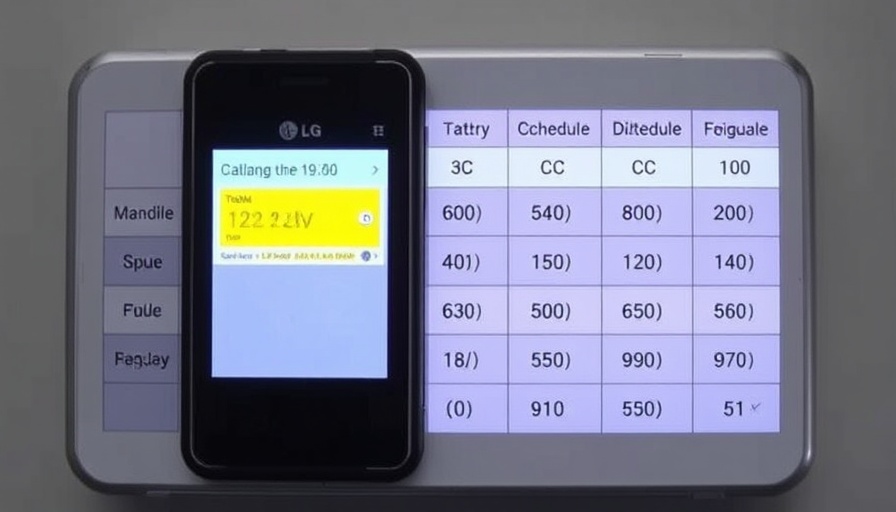
Empowering Homeowners: Understanding LG Battery Discharge Control
In today’s pursuit of sustainability, there’s growing enthusiasm among homeowners to harness solar energy and manage electricity costs through battery storage solutions, particularly the LG Chem batteries. However, many users are encountering challenges with battery discharge schedules that are preset by installers, leading to frustration and confusion over their investment.
Understanding Battery Discharge Schedules
When homeowners invest in solar technology, one of the most appealing aspects is the ability to store energy for later use. LG’s battery systems are designed to optimize this function, but many users, as highlighted in active discussions on platforms like Reddit, have found themselves unable to modify key settings, specifically the discharge schedules. These predetermined settings might limit energy availability during peak periods of consumption, defeating the purpose of investing in energy storage.
Customer Concerns: A Case Study
For instance, users have reported being locked into settings where their batteries only discharge during the hours of 4 PM to 8 PM in summer months. As one user pointed out, this restriction feels analogous to purchasing a car only to be told it can only be driven at certain times of the year. Such conditions raise not just user frustration but also questions about transparency during the installation process. Many times, these limitations are not clearly communicated at the point of sale, leaving customers feeling cheated out of their investment.
Comparative Insights: User Experiences from the Community
Drawing from various forums, including discussions around LG Chem and SolarEdge systems, it's evident that many customers echo similar sentiments. Users are unhappy with their inability to access administrative rights, which would allow them to adjust discharge profiles according to personal needs or evolving energy requirements.
In another scenario presented in online forums, one homeowner successfully adjusted their discharge settings after extensive communication with the installer, demonstrating that variability exists in user experience based on operational knowledge and installer support.
The Importance of Self-Management and User Control
Homeowners should have the ability to manage their energy use effectively by adjusting settings based on electricity costs and personal energy consumption patterns. With Time of Use (TOU) pricing becoming more common, allowing users to maximize their battery’s discharge potential could translate directly into savings on energy bills, making it essential for batteries to offer flexible user controls.
Potential Solutions: Navigating User Rights
The ongoing conversations about LG batteries compel a larger narrative on consumer rights concerning their investments in renewable energy. Some industry insiders advocate for clearer communication from installers regarding operational limitations and the potential choices available to users. This would mitigate unrealistic expectations and enhance user satisfaction.
Looking Forward: What’s Next for Home Energy Storage?
As technology continues to evolve, there's optimism for new developments that allow greater flexibility in energy management. Manufacturers must balance safety protocols with user empowerment to redefine the customer experience.
In the future, we may see advancements that facilitate easy user access to system settings, enabling homeowners to have more control over their energy usage, thus maximizing their investments.
For consumers, the key takeaway here is to be proactive. Understanding your system, pushing for transparency, and knowing your rights can lead to a victorious outcome. Empower yourself by diving into your battery’s operational manuals, seeking answers from your installer, and advocating for your right to control your energy use.
 Add Row
Add Row  Add
Add 



Write A Comment